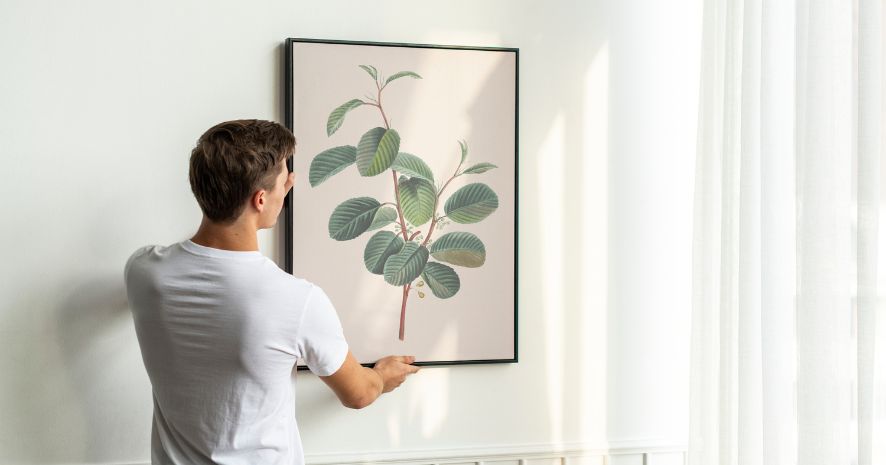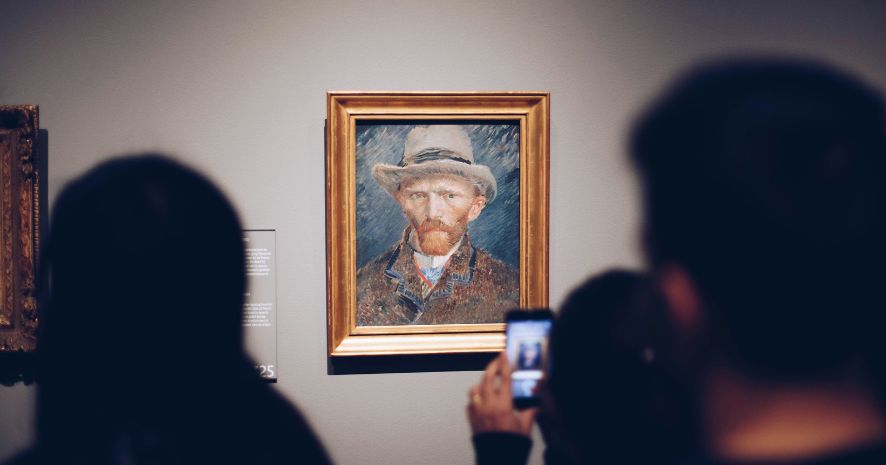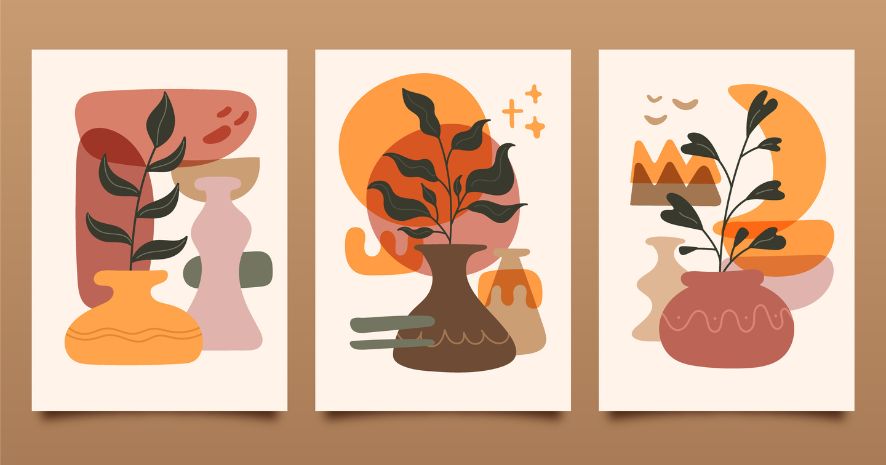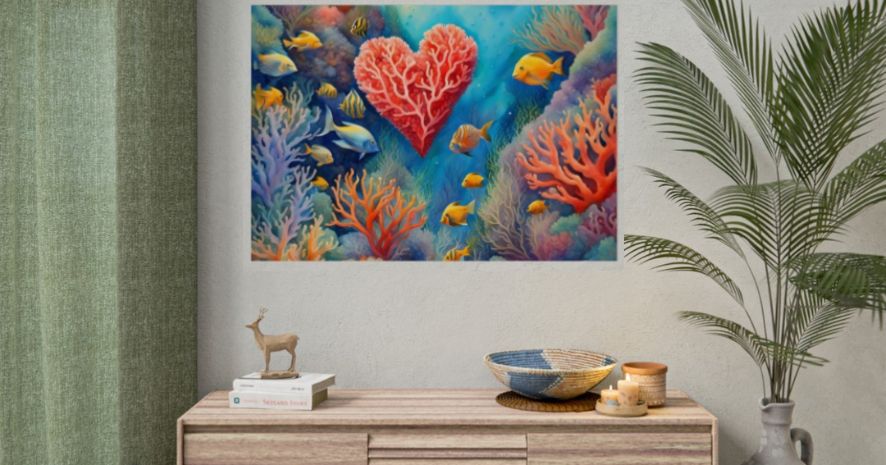Have you ever wondered why art, in its countless forms, pervades every aspect of our lives? From the music that stirs our emotions to the architecture that defines our cities, art is an omnipresent force, shaping our perceptions and enriching our cultural tapestry.
Art is not just a feast for the senses; it is the soul of civilization, a critical pillar that sustains and nurtures societies. Culturally, art is a vehicle for expression, allowing individuals and communities to communicate their identities, emotions, and experiences.
In this exploration, we delve into the significance of art from both a cultural and economic perspective, revealing its indispensable role in fostering creativity, unity, and innovation.
Why is it Important to Understand Art?
Understanding art is crucial for both individuals and societies, as it opens a window to diverse cultures, histories, and perspectives, enriching our lives in profound ways. Art serves as a universal language that bridges gaps, fostering empathy and appreciation for the myriad ways in which human experiences and emotions can be expressed.
Furthermore, understanding art encourages creativity and innovation, traits that are invaluable in an increasingly complex and interconnected world. It offers us a unique lens through which to view our surroundings, challenging us to see beyond the surface and appreciate the underlying beauty and complexity of our environment.
From a broader perspective, a deep appreciation for art enhances cultural literacy, promoting social cohesion and mutual respect among diverse communities.
In essence, understanding art is not just about appreciating aesthetics; it’s about connecting with humanity, embracing diversity, and cultivating a rich, empathetic understanding of the world. Engaging with art empowers us to think more critically, live more richly, and contribute more meaningfully to the tapestry of human culture.
The Significance of Art in Society
Art plays a vital role both culturally and economically, driving job creation, boosting tourism, and enhancing the market for creative products and services. Its educational value is immense, improving learning, fostering critical thinking, and nurturing creativity and innovation among the youth.
In therapeutic contexts, art provides a means for emotional expression and healing, helping individuals to communicate complex feelings non-verbally. Beyond therapy, art in various forms – visual, musical, literary, or performative – enriches life by offering comfort, inspiration, and a profound connection to our surroundings. By supporting the arts, we nurture societal well-being and cultural vitality, preserving a legacy of creativity for future generations.
1. Expression and Creativity
Art stands as a fundamental form of human expression, transcending mere verbal communication to encapsulate the breadth and depth of human experience. Through its myriad forms, art serves not just as a medium for creativity but as a vital tool for emotional, cognitive, and social development.
This multifaceted role of art highlights its importance in fostering language and motor skills, especially in early childhood, where the act of creating can enhance fine motor abilities and linguistic expression. Furthermore, art’s capacity to allow for the exploration and articulation of emotions makes it invaluable in therapeutic settings.
Therapy through art offers a safe and transformative space for individuals to navigate their feelings, confront trauma, and embark on a journey of self-discovery and healing. By engaging in artistic creation, people of all ages can find a voice for their innermost thoughts and feelings, often leading to profound insights and emotional release.
The process of making art – be it painting, sculpting, or drawing – encourages problem-solving, flexibility, and the exploration of new perspectives, contributing to overall mental health and resilience.

2. Development of Soft Skills
Art’s role in personal and professional development transcends its aesthetic value, playing a pivotal role in fostering essential soft skills that are increasingly recognized and valued in today’s workforce. Engaging with art, whether through creation or appreciation, cultivates a suite of transferable skills critical for success in a wide range of professions.
Firstly, art encourages adaptability, a skill paramount in an ever-evolving job market. Through the creative process, individuals learn to navigate challenges, explore multiple solutions, and remain flexible in their approach to both artistic and professional obstacles.
Creative thinking, another skill honed by artistic engagement, empowers individuals to think outside the box, innovate, and develop unique solutions to complex problems. The imaginative and exploratory nature of art pushes boundaries and fosters an environment where creativity thrives.
Furthermore, art promotes teamwork and collaboration. Many art projects require a collective effort, teaching participants to communicate effectively, share ideas, and work harmoniously towards a common goal. These experiences underscore the importance of diversity in thought and approach, fostering a collaborative mindset that is invaluable in any work environment.
In conclusion, art’s contribution to the development of soft skills such as adaptability, creative thinking, and teamwork underscores its integral role in preparing individuals for the challenges and opportunities of the modern workforce.

3. Historical Context and Learning
Art serves as a powerful lens through which we can view and learn from history, offering rich insights into the diverse eras, challenges, and achievements that have shaped human civilization. Through its visual narratives, art captures the essence of a time period, reflecting the social, political, and cultural dynamics of different societies.
By engaging with historical artworks, we gain a deeper understanding of the past, from the grand achievements of ancient civilizations to the nuanced struggles of more recent times.
Artworks act as visual documents that can reveal much about the technological advancements, aesthetic preferences, and societal norms of the era in which they were created. They allow us to explore themes of power, religion, conflict, and harmony, providing a multifaceted perspective on the human experience.
Furthermore, art encourages empathy and critical thinking, prompting us to consider the context in which it was created and the perspectives of both the artists and the subjects depicted.
The historical context provided by art enriches our learning and fosters a connection to the past that textbooks alone cannot achieve. It invites us to question, interpret, and discuss, making history a living, breathing subject that continues to inform and influence our present and future.

4. Stimulating Cultural Dialogue
Art possesses a remarkable ability to stimulate meaningful dialogue, transcending cultural and societal divides to unite individuals through shared human experiences. Its universal language speaks to the heart of civic engagement, encouraging communities to explore complex topics, exchange diverse perspectives, and foster a deeper understanding of one another.
By presenting ideas in visually compelling ways, art can challenge preconceptions, highlight social injustices, and celebrate cultural differences, thus serving as a catalyst for open, constructive conversations.
The impact of art on civic engagement is profound. Public art installations, exhibitions, and performances provide accessible platforms for community members to engage with issues relevant to their lives and society at large. These artistic expressions invite participants to reflect on their values, question societal norms, and envision change, driving social progress and innovation.
Furthermore, art’s power to bridge societal divides is unparalleled. Through stories and symbols that resonate across cultures, art creates a sense of shared identity and mutual respect. It facilitates connections between individuals with differing viewpoints, backgrounds, and experiences, fostering empathy and solidarity.

5. Community and Economic Benefits
Art serves as a pivotal gathering place for society, playing a crucial role in knitting communities together while also driving significant economic benefits. It acts as a magnetic force, drawing people to spaces where culture thrives, from galleries and theaters to public art installations and festivals.
These artistic hubs not only foster a sense of community and shared experience but also stimulate economic activity by attracting visitors, encouraging local spending, and enhancing the vibrancy of neighborhoods.
The economic impact of art extends far beyond the immediate appeal of cultural events. It is a substantial contributor to job creation, offering employment opportunities in various sectors, including the arts themselves, hospitality, retail, and beyond. Artists, curators, technicians, and educators are just a few examples of the roles directly supported by a thriving art scene.
Furthermore, art-related tourism is a significant revenue source for many communities, attracting visitors who spend on accommodation, dining, and other local services, thus injecting vitality into the local economy.
Moreover, art has a multiplier effect on economic growth within communities. By enhancing the attractiveness of neighborhoods, art can lead to increased property values and attract investment, contributing to urban regeneration and sustainability.

Importance of Art in the History
The importance of art in history is immeasurable, serving as a vivid chronicle of humanity’s cultural, social, and technological evolution. Art is not just a reflection of the times but an active participant in shaping historical narratives, offering insights into the values, beliefs, and everyday lives of past societies.
From ancient cave paintings to Renaissance masterpieces and modern digital creations, art has chronicled human progress, wars, revolutions, and peace, acting as a universal language transcending time and geography.
Moreover, art in history has been a powerful tool for communication and expression, allowing generations to voice their identities, resist oppression, and envision futures. It provides a unique lens through which we can understand the complexities of human emotion and intellect across ages, fostering empathy and connectivity among diverse cultures.
The study of art’s role in history not only enriches our appreciation of past achievements but also informs our contemporary and future cultural landscapes, highlighting art’s enduring significance in documenting and driving the human story.
Wrapping Things Up
Art is undeniably indispensable for a flourishing society, serving as a catalyst for cultural enrichment, social dialogue, and personal growth. Through its power to inspire, unite, and challenge, art enriches our lives, communities, and environments, proving itself to be a vital pillar of societal well-being.

